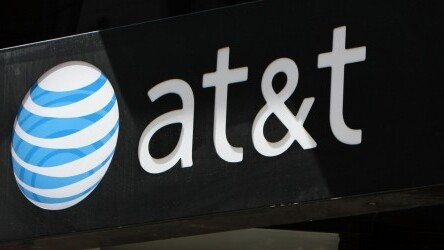
American telecommunications giant AT&T has signed an agreement with Atlantic Tele-Network to acquire its retail wireless operations, which currently operate under the Alltel brand, for $780 million in order to improve its coverage in rural areas.
The deal means that AT&T, which offers the largest 4G network in the United States at the moment, as well as the largest international coverage of any US-based wireless carrier, will acquire Atlantic Tele-Network’s wireless properties, including licenses, network assets and retail stores, as well as roughly 585,000 paying subscribers.
Until now, Atlantic Tele-Network has been running a mobile phone network that covers around 4.6 million people across the United States, primarily in rural areas located across six states; Georgia, Idaho, North Carolina, Ohio and South Carolina. The telecommunications firm, headquartered in Massachusetts, operates advanced wireless and wireline, as well as both terrestrial and submarine fiber optic networks, in North America and the Caribbean under the Alltel guise.
AT&T has apparently struck the deal to try and boost its own network coverage in these rural areas, given that it has also acquired sections of the spectrum in the 700 MHz, 850 MHz and 1900 MHz bands as part of today’s deal with Atlantic Tele-Network. These bands, according to a press release issued today, are also “largely complementary” to AT&T’s existing network, which should make the switchover relatively painless.
As AT&T continues to upgrade its network in the coming months, the company promised today that both Atlantic Tele-Network and existing AT&T customers will receive better mobile Internet connectivity in those areas as a result of the acquisition.
The buyout follows rumors of a merger between AT&T and another carrier operating in Europe. Possible candidates include EE, formerly Everything Everywhere, as well as Royal KPN NV, a Dutch landline and mobile telecommunications company. Sources cited by the Wall Street Journal have said that AT&T is “debating whether a move abroad would make sense” before approaching any companies for a formal discussion though.
Last November, the firm also announced that it would be investing an extra $14 billion across three years to try and improve its wireless and wireline IP broadband networks in the United States. Just a couple of weeks later the firm also confirmed that it had deployed LTE networks in 24 new markets across the United States, meeting its 2012 deployment plan ahead of schedule and covering more than 150 million people in the country.
Image Credit: Justin Sullivan/Getty Images
Get the TNW newsletter
Get the most important tech news in your inbox each week.




